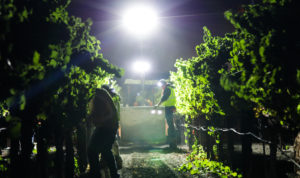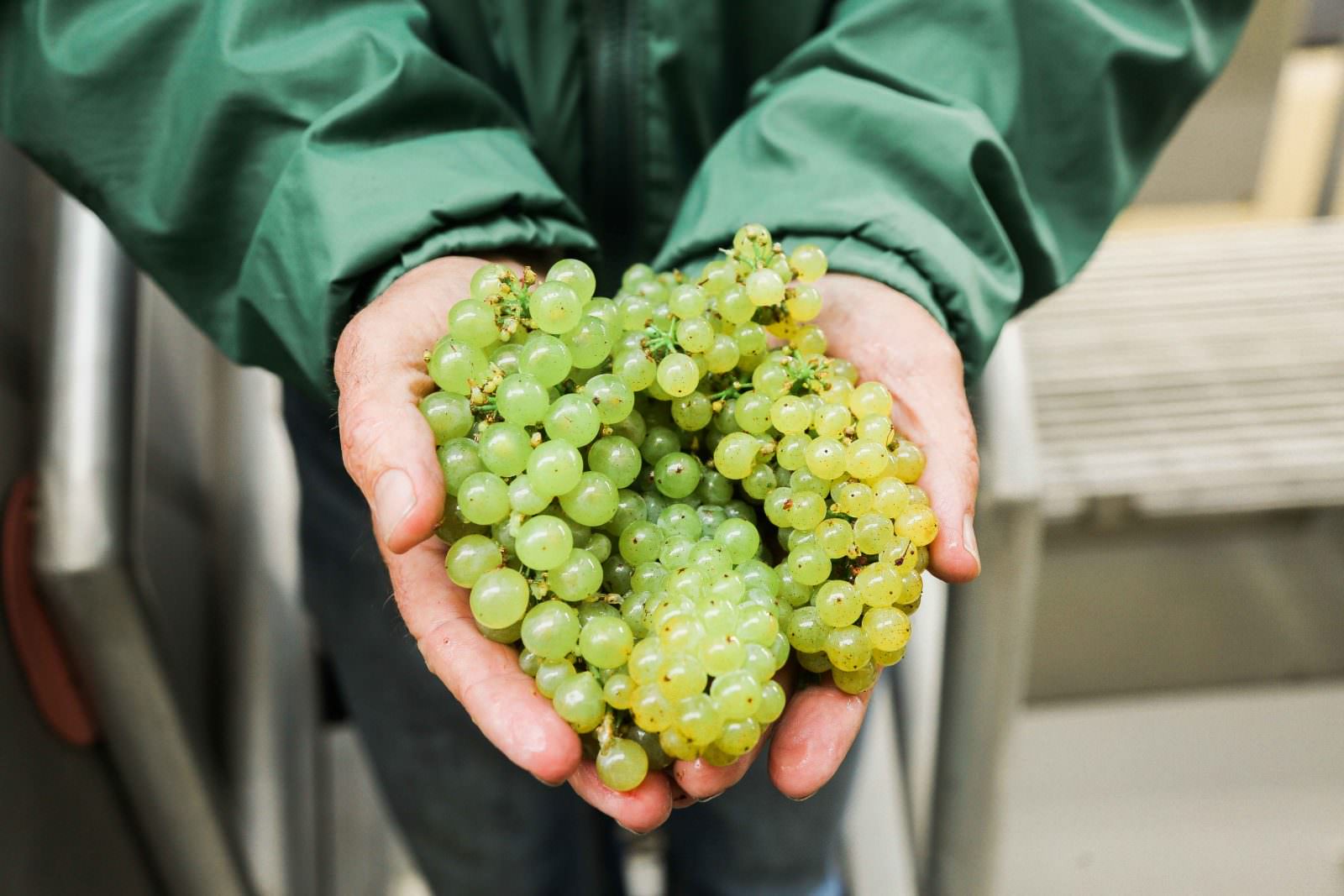
Growing Grapes For Wine: Everything You Need To Know
You might be familiar with the beauty of a well-curated tasting—exceptional wines served alongside thoughtful food pairings. But the heart of winemaking starts long before that moment, in the vineyard. It’s there, among the rows of vines, that the true craft unfolds—where growing grapes is a careful balance of science, timing, and intuition.
Crafting exceptional wines is no simple task. It takes a year-round grape growing process to yield fruit worthy of the tasting room, and each step and detail of this process matters exponentially – from the choice of soil to caring for the vines and beyond.
Want to learn all about how the grapes are grown for your favorite wines? Keep reading to learn more about the fascinating journey from vineyard to glass.
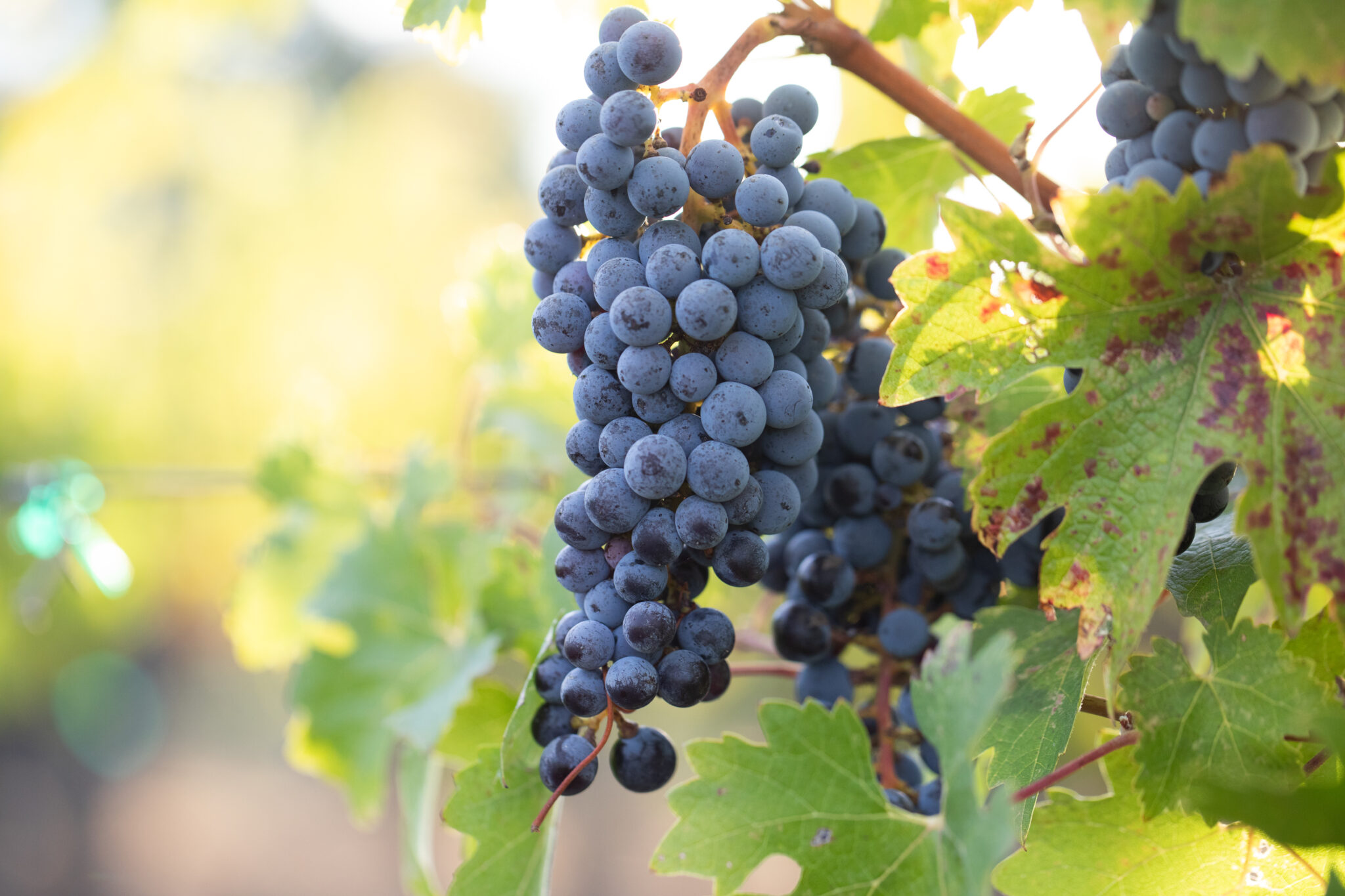
Growing Grapes for Wine: Everything You Need to Know
Whether you’re in the process of beginning a small vineyard of your own or are simply a wine aficionado looking to learn more about the growing process, discovering how the best wine grapes in the world are brought to life is a fascinating experience.
Think that running a vineyard is just about planting, watering and harvesting? Think again. The grape growing process is an extensive one – one that requires time, care and expertise.
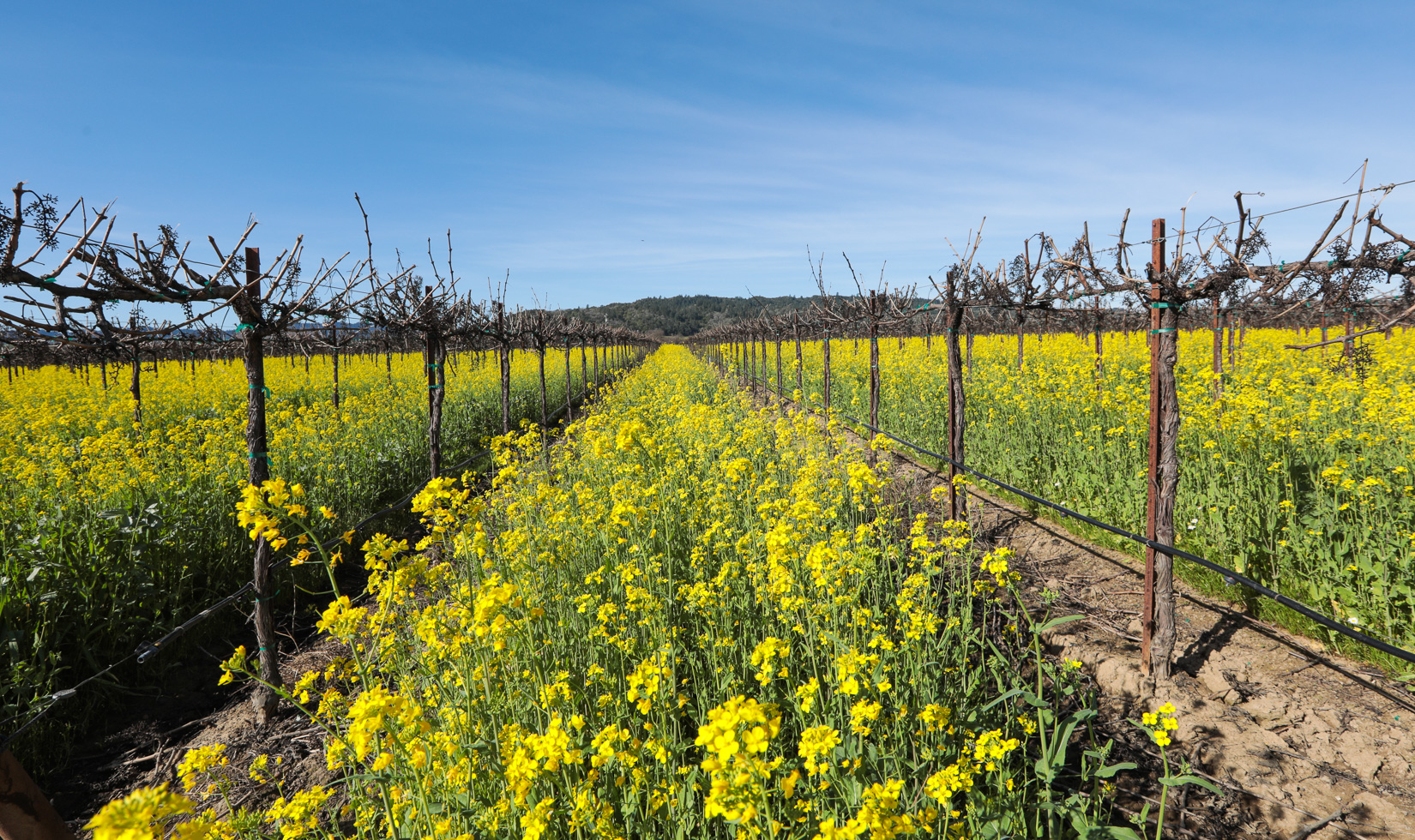
Determining the Best Type of Grapes to Grow
It may seem obvious, but it’s arguably the most important decision of all – before you can begin cultivating a crop, you have to determine the best type of grapes for you to grow.
Each type of grape is unique – and while certain varieties are hardier than others, grapes can be finicky crops. It’s crucial to take all factors into account, from the terroir you’ll be planting in to the soil types you have access to, your plans for your vineyard layout and the quantity of grapes you’re hoping to harvest.
It takes a lot of time and consideration before ever breaking ground for your grapes to thrive – but the final results are always worth it.
How Terroir Affects Grapes
A grape’s terroir gives it its sense of place. A grape grown in California won’t taste the same as a grape grown in Washington, which is why grapes harvested from premium vineyards are so exceptional – and so valuable.
Terroir is made up of countless tiny details – soil, climate and weather patterns, microclimates and appellation. Discovering the grape that is the best choice for a vineyard’s terroir is a bit like Cinderella’s glass slipper – when you find the perfect fit, it’s undeniable.
Paying Attention to Soil
Soil plays a huge role in terroir, and is one of the biggest factors in determining if a grape will thrive. Certain grapes might grow best in clay soils, while other grapes may need a rockier soil that has great drainage.
From a soil’s pH to its nutrient absorption, each detail must be taken into consideration when choosing the right grapes to grow for crafting wine.
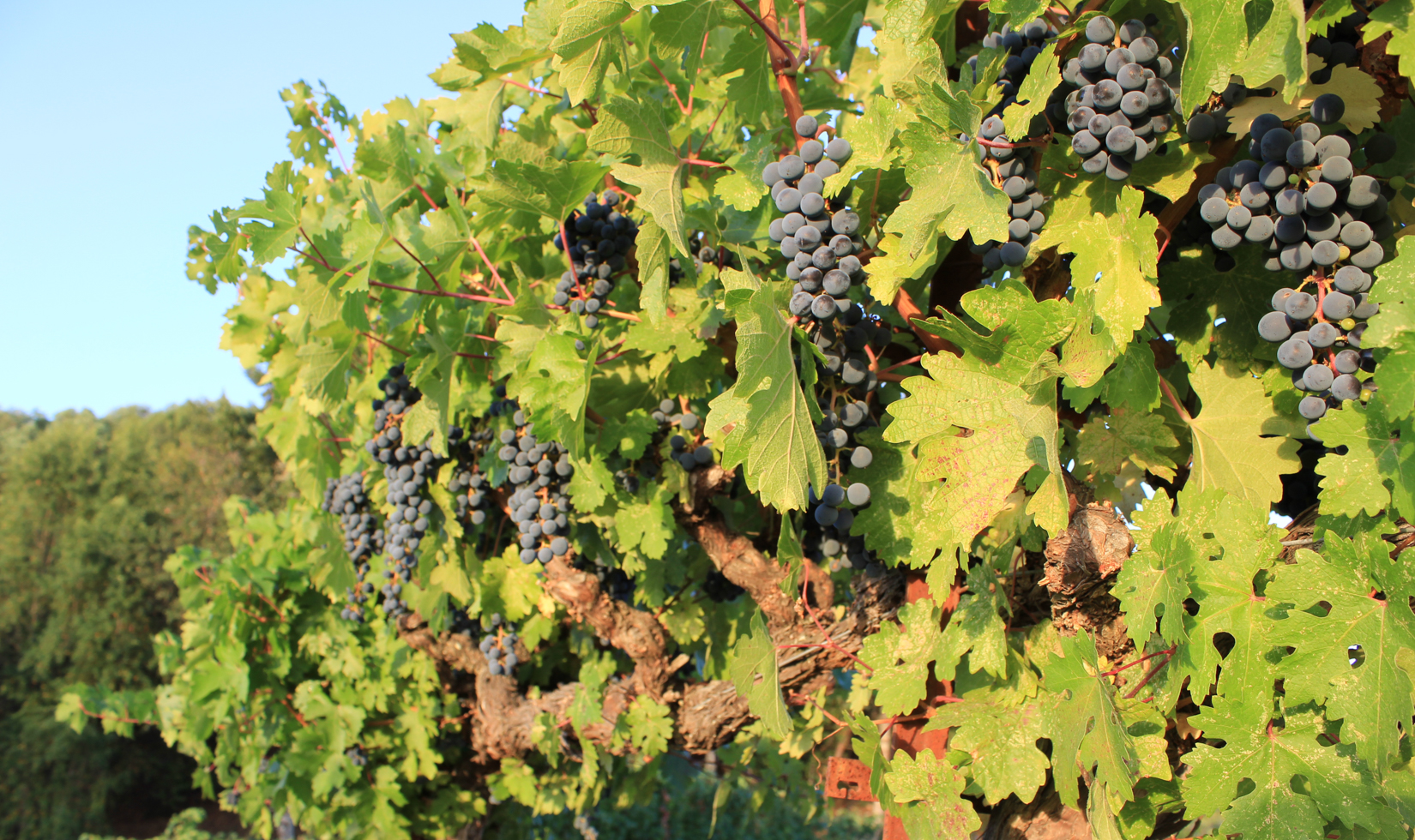
Grapevine Propagation
You can plant a grape seed like a tomato plant or flower bed, but it’s not common in production agriculture. Instead, when planting a new crop of grapes, the best way to begin is by propagating a vineyard with cuttings. These cuttings are then able to take root and develop into full vines.
Laying Out the Vineyard
Planting a vineyard of wine grapes takes a great deal of preparation and planning. It’s not something that can be done on a whim – it takes time to design a vineyard that can best produce fruit.
It’s best to lay out your vineyard a year in advance, creating straight, parallel rows in consistent blocks. If you plan to grow multiple varieties of grapes, this is the time to organize your vineyard, deciding which vines should be planted in which blocks. Consider things like the slope of the land and the amount of sun specific blocks will get to decide which grape varieties will thrive in which areas of the vineyard.
Determining How Many Grapevines to Plant
We’ll let you in on a little secret: planting a vineyard involves more math than you might expect. You’ll need to figure out how many grape vines to plant, which comes down to two things – the anticipated size of the adult vines and the acreage of your vineyard.
It’s generally considered best practice to space your plants out between six and eight feet apart to allow them space to breathe. This helps your vines yield better fruit, and makes the lives of those tending the plants worlds easier.
Once you determine how many vines you’re able to fit in your space, you’ll be able to better estimate the quantity of fruit your harvest will yield.
Trellising the Grapevines
After your vineyard has been fully planned out, you’ll want to decide on your trellising system. Trellising your vines is crucial for helping young vines grow and supporting older, heavier vines. Trellises also allow the grapes to get better access to light, increase air circulation, promote ripening and help make both heavy pruning and harvest season easier for vineyard workers.
There are a number of different trellis systems you can try depending on your preference and the needs of your grapes. The Vertical Shoot Positioning (VSP) system is a popular way to train vines upward, while the Geneva Double Curtain (GDC) system trains vines downward. Meanwhile, the Lyre trellis system of Bordeaux is a double-wired system that trains vines upward in a unique U-shape.
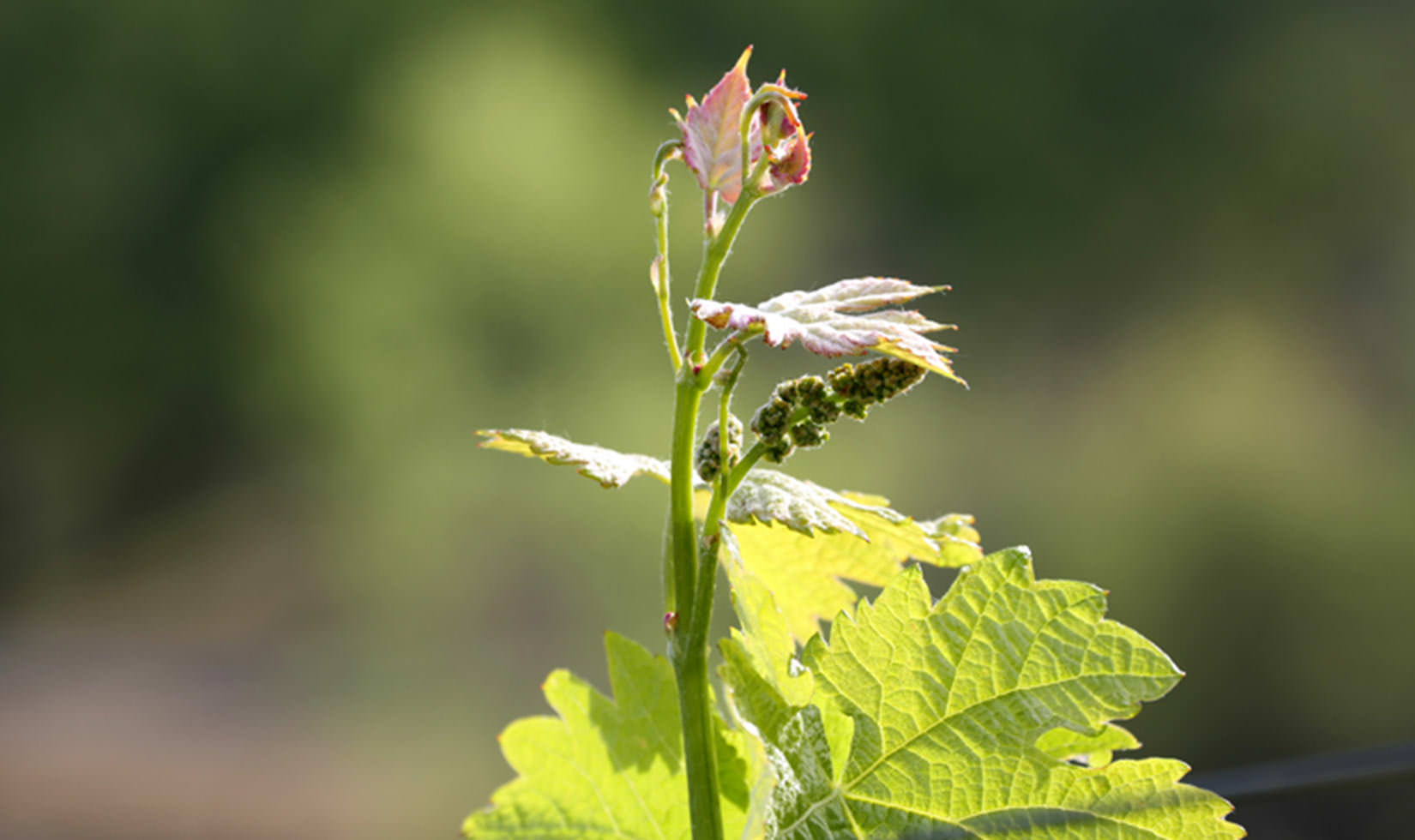
Caring for the Grapevines
Taking proper care of wine grapes isn’t just limited to growing season – it’s a year-round task that requires a lot of time and intentionality.
The process begins each winter, when dormant vines are best pruned. Depending on the size of your vineyard, pruning can be a very laborious process – it takes Jordan Winery four people working nine hours a day, six days a week for three months to prepare their vineyards. However, pruning is a necessary process to facilitate fresh growth.
Spring begins to show the fruit of winter’s labors with the arrival of bud break. A magical time in wine country, bud break is the time when the vines begin to come back to life after the cold weather months, pushing out the first green shoots of the new growth season. 40-80 days later, these same vines begin to flower, and pollination and fertilization begin to take place.
In early summer, the first grape clusters begin to emerge. This happens at different times for different types of grapes – for example, chardonnay and merlot tend to emerge several weeks before cabernet sauvignon grapes. Each grape is unique and grows on its own schedule!
Over the summer, as crops begin to truly thrive, teams go out in the vineyard to count the grape clusters and discover the official size of the year’s harvest. Not only are the grape clusters themselves counted, but the juice quantity is estimated by both the size of the fruit and the density of the clusters.
Now comes the fun part – time to taste the grapes and determine the best time for harvest.
Pest Protection
Equally important to caring for your vines throughout the growing season is protecting them from pests that may harm the vines and resulting fruit. While proper maintenance will keep many pests at bay, different years bring different challenges. Organic pest treatments are available for growers who want to avoid the use of pesticides, and many growers also choose to use nets to protect their vines from birds.
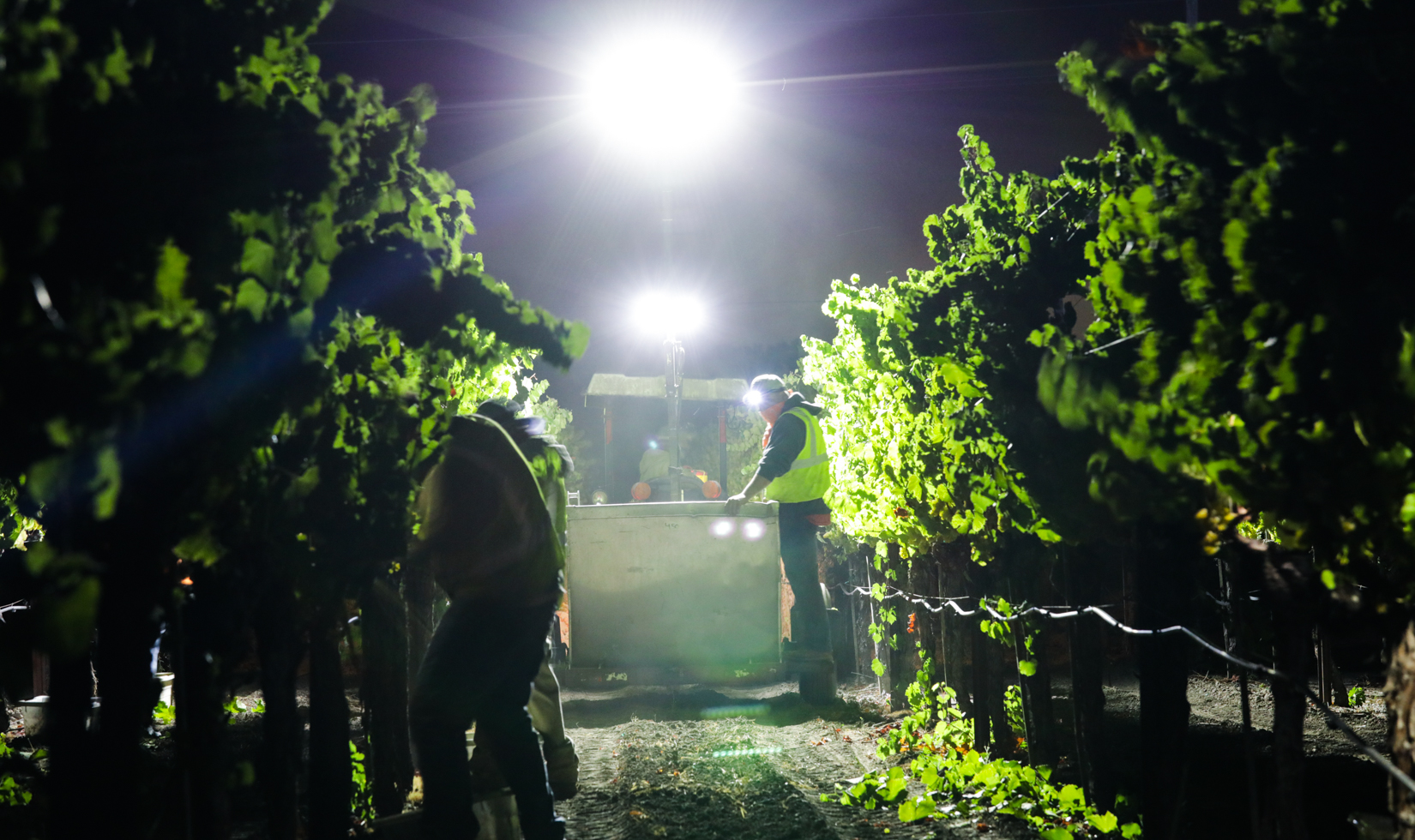
Harvest
About a month before the estimated harvest, the grapes are tasted to finalize the harvest date. Then, the most exciting time of year: harvest season.
Some grapes are harvested mid-morning, while others are harvested in the dark of night, amidst cool air and thick fog. It’s a thrilling experience to see the fruits of a year’s labor finally reach their peak – to see the gorgeous fruit finally come off the vines and be crafted into exquisite wines, and to look forward to the new growing season ahead.



